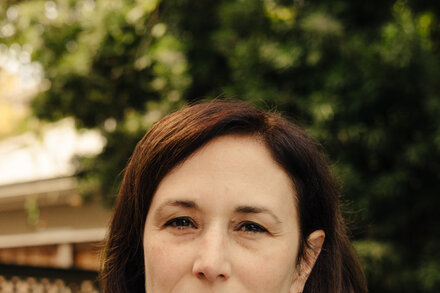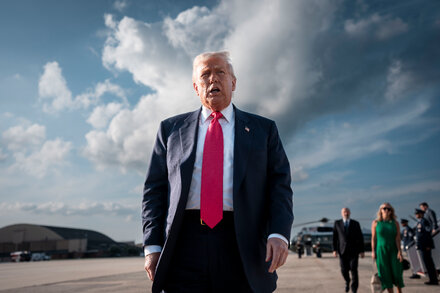In a thought-provoking commentary, author and journalist Ta-Nehisi Coates discussed the nuanced approaches to addressing societal divisions, particularly concerning race in America, contrasting the prevailing impulses to “bridge gaps” with the often necessary act of “drawing lines.” His insights challenge conventional wisdom on reconciliation and unity, suggesting that true progress may sometimes require a clear demarcation of historical and ongoing injustices.
Coates articulated a skepticism towards the immediate call for “bridging gaps” when fundamental truths about power dynamics and historical harms remain unaddressed. He posited that urging unity without a prior reckoning can inadvertently perpetuate existing inequities.
“I’m actually wary of any talk of bridging gaps when there’s not a common understanding of what created the gap in the first place, and what is required for the gap to be removed,” Coates stated. “I’m always suspicious that the burden of bridging the gap, will fall on the people who are suffering most from the gap.”
He emphasized that attempts at reconciliation can be premature if they do not first acknowledge and address the origins of the divide. Coates likened the situation to a crime scene, arguing that one does not simply seek to “bridge gaps” between a victim and an assailant without first establishing facts, accountability, and justice.
Conversely, Coates argued for the strategic necessity of “drawing lines.” This approach, he explained, is not inherently divisive but rather a critical step in defining terms, identifying responsibilities, and articulating the specific grievances that need to be resolved. For Coates, drawing lines serves as a prerequisite for any meaningful and equitable resolution.
“Often what’s required, when you have deeply entrenched power imbalances, is to actually draw lines,” Coates explained. “To say, ‘No, this is actually what happened. This is actually who did it. These are actually the people who were hurt by it.’ To define the problem, to define the conditions of what resolution would look like.”
He suggested that this clarity, born from drawing lines, creates the necessary foundation for authentic connection and repair. Without this initial phase of definition and accountability, efforts to bridge gaps risk becoming superficial or even counterproductive, failing to dismantle the root causes of division.
Coates’ perspective encourages a deeper examination of the language and strategies employed in discussions about national unity, advocating for a process that prioritizes truth-telling and accountability before genuine reconciliation can be achieved.
Source: Read the original article here.





